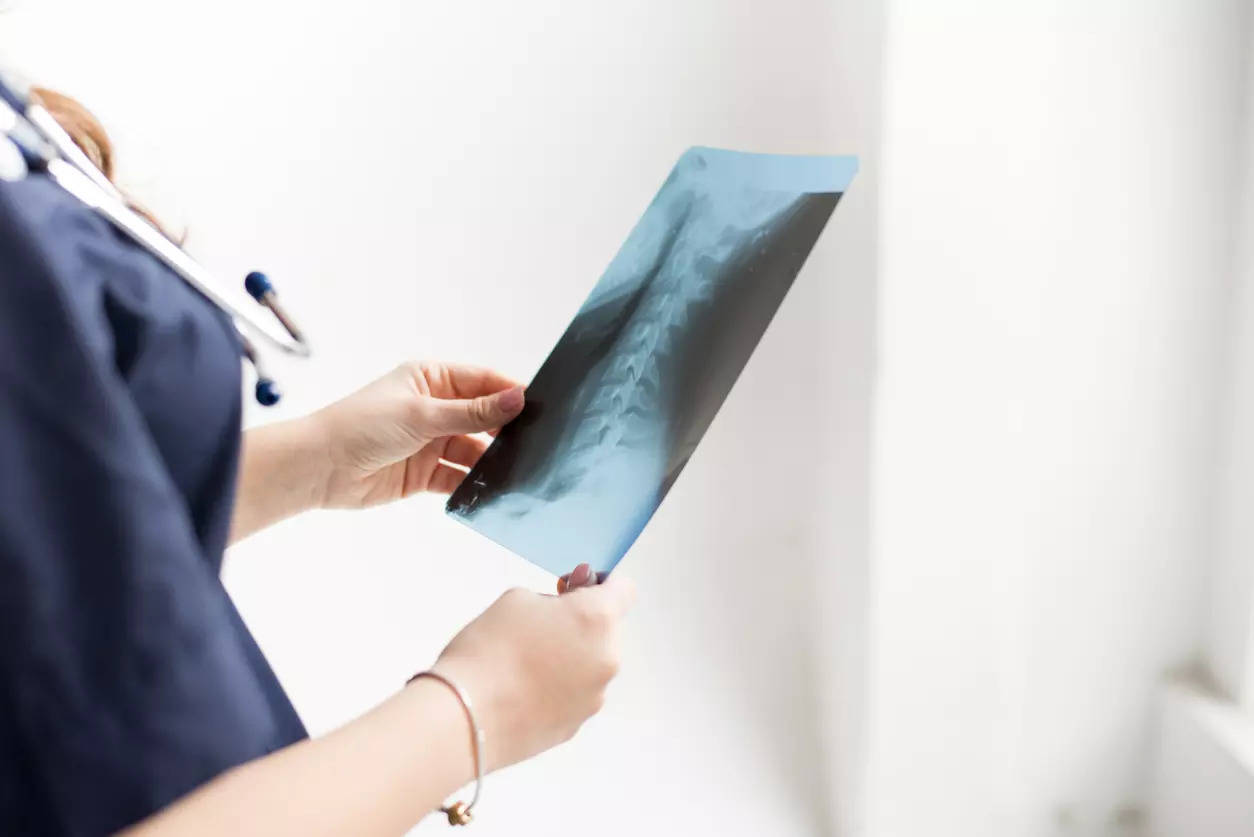A concerning situation regarding non-alcoholic fatty liver disease (NAFLD) in the City Beautiful has been revealed by Dr Arka De, assistant professor at the department of hepatology, PGIMER, Chandigarh. The estimation suggests that nearly half of the population in Chandigarh may have an underlying NAFLD condition.
This alarming statistic highlights the significant impact of NAFLD as a leading cause of chronic liver disease not only in India but also worldwide. Globally around 25-30% of all individuals have underlying NAFLD.
The disease is characterised by the accumulation of excessive fat in the liver, unrelated to significant alcohol consumption or other liver diseases. In some cases, this fat buildup can lead to liver inflammation and scarring, known as non-alcoholic steatohepatitis (NASH), which has the potential to progress to cirrhosis and liver cancer over time.
It is crucial to raise awareness about NAFLD, often referred to as a “silent killer,” as it typically does not show symptoms during its early stages, added Dr Arka De.
Prevention and control of NAFLD
Dr Ajay Duseja, professor and head of the department of hepatology at PGIMER, Chandigarh, who is also the secretary-general of the Indian National Association for Study of the Liver (INASL) informed that INASL has initiated two important programmes for the prevention and control of NAFLD in India.
A recent meta-analysis from India has shown the prevalence of NAFLD to be 38.6% in adults and 35% in children. Since the reason for high prevalence of fatty liver in children is related to childhood obesity, the INASL has tied up with the Rotary International to launch the ‘Fatty Liver ROCCO Campaign by INASL’ [INASL and Rotary Combating Childhood Obesity (ROCCO) and Fatty Liver Campaign].
Despite being a non-communicable disease (NCD) caused by metabolic abnormalities such as diabetes mellitus, obesity, hypertension, and dyslipidemia, non-alcoholic fatty liver disease (NAFLD) has not received the same level of attention as other NCDs, said Dr Duseja.
Practical tips on lifestyle interventions for NAFLD
To manage NAFLD, aim for 7-10% weight loss in overweight or obese patients. Reduce daily calorie intake by 500-1,000 kcal, cutting down on carbs and fats. Limit total fat to 30% of energy intake, saturated fats to <10%, and avoid trans-fats. Restrict carbs to <50% of energy intake and minimise intake of free sugars and sweetened beverages.
Risk factors for NAFLD
1. Increased intake of calories in diet
2. Sedentary lifestyle
3. Urbanisation
4. Overweight and obesity
5. Type 2 diabetes mellitus
6. Hypertension
7. Altered lipid profile with high levels of triglycerides and low HDL (good cholesterol)










